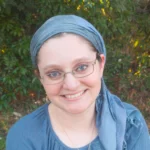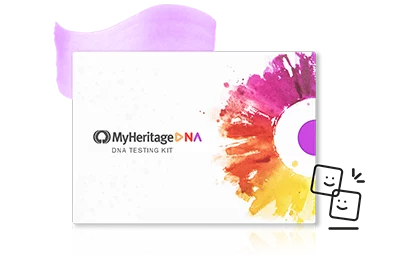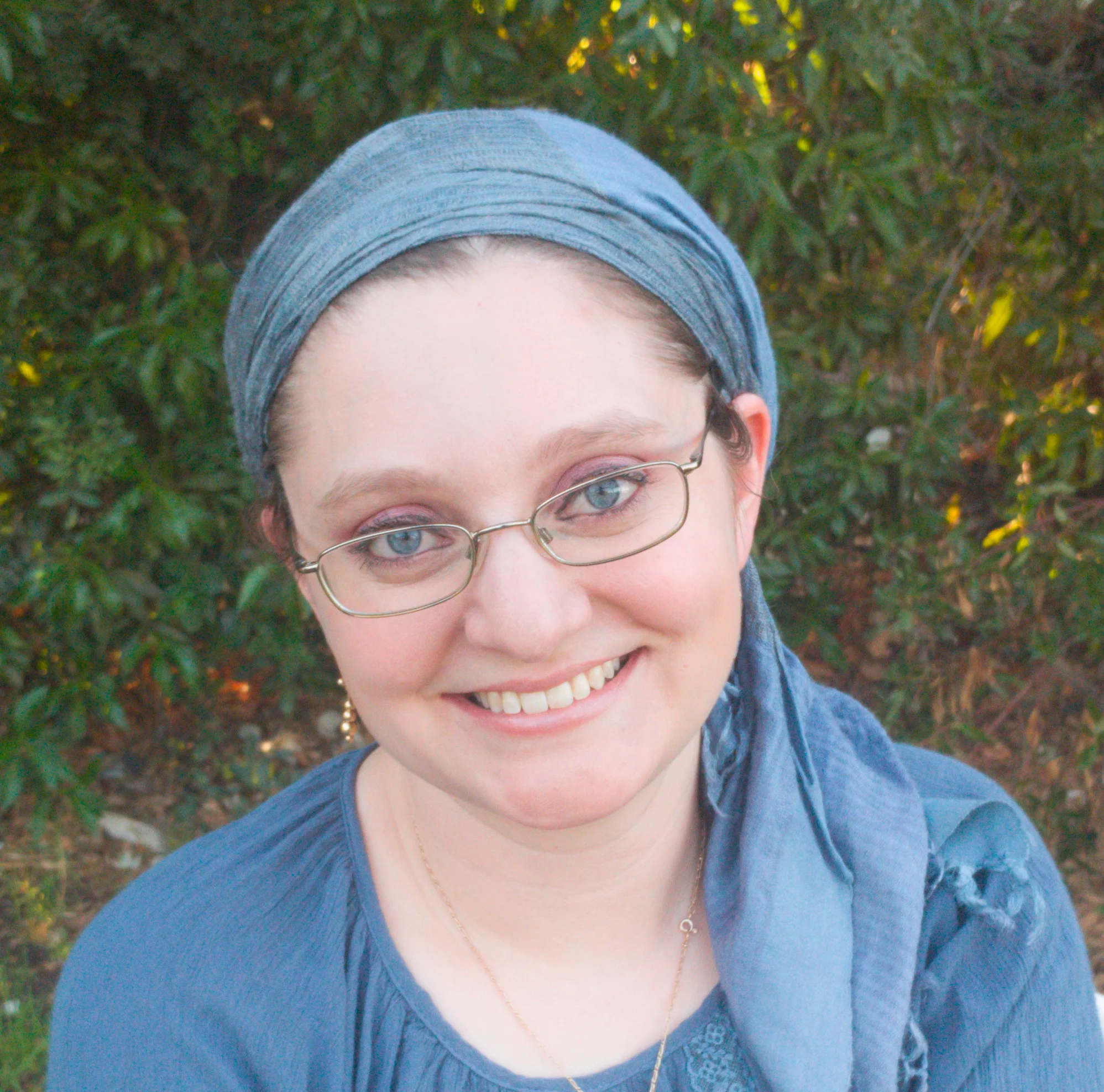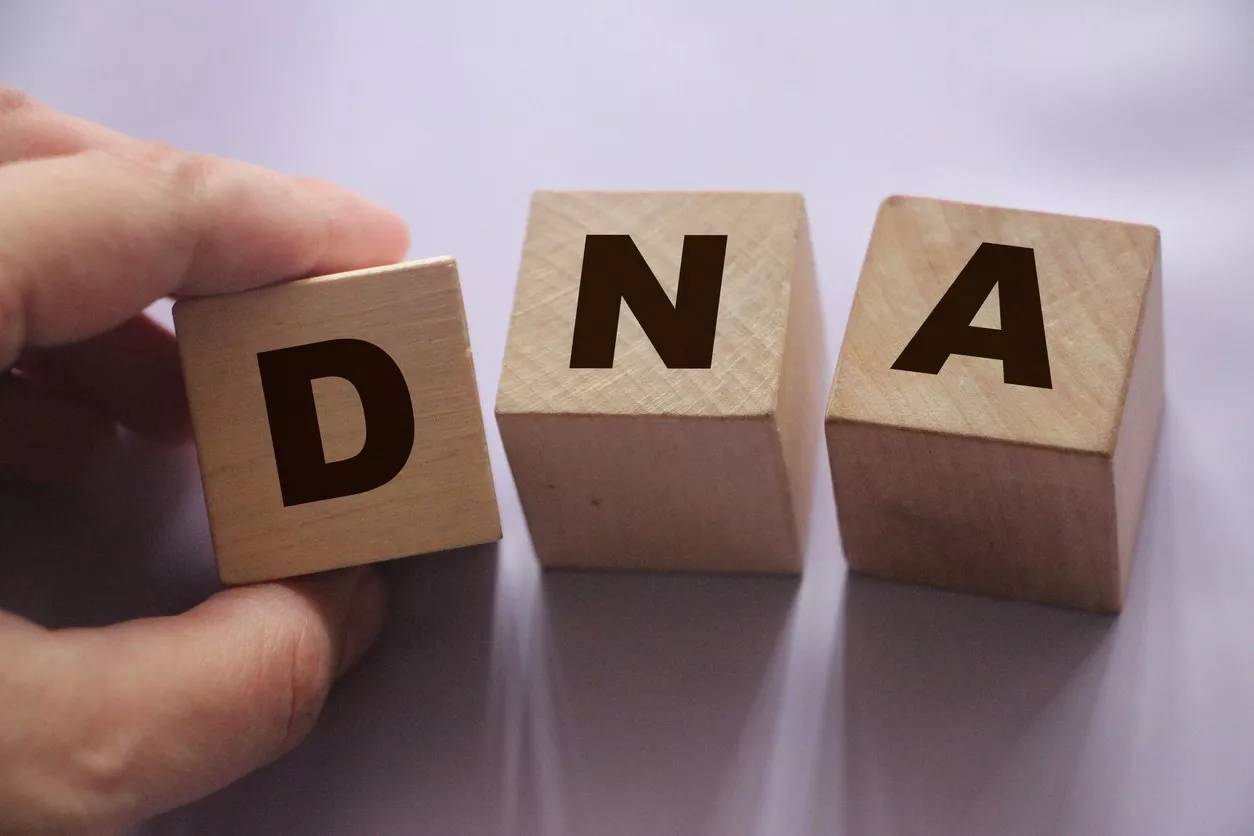
If you’ve just entered the world of genetic genealogy, you may have heard many scientific-sounding terms tossed around and haven’t been quite sure what everything meant.
In this post, we’ll set the record straight by defining the most important terms in DNA.
The Basics
What is DNA?
DNA is an acronym for deoxyribonucleic acid: a substance that exists in almost all organisms and constitutes an “instruction manual” for all the cells in the body on how to form that organism. This substance is inherited from our biological parents: around 50% each from the mother and the father.
Studying our DNA can unlock many secrets about us, our traits and tendencies, our health, and our ancestors, as well.
What are nucleotides?
Nucleotides are the building blocks of DNA. Each nucleotide consists of a base, a sugar molecule, and a phosphoric acid molecule. There are four chemicals that constitute bases: adenine (A), thymine (T), guanine (G), and cytosine (C). The bases pair with each other — A with T and G with C — to constitute a string of DNA.
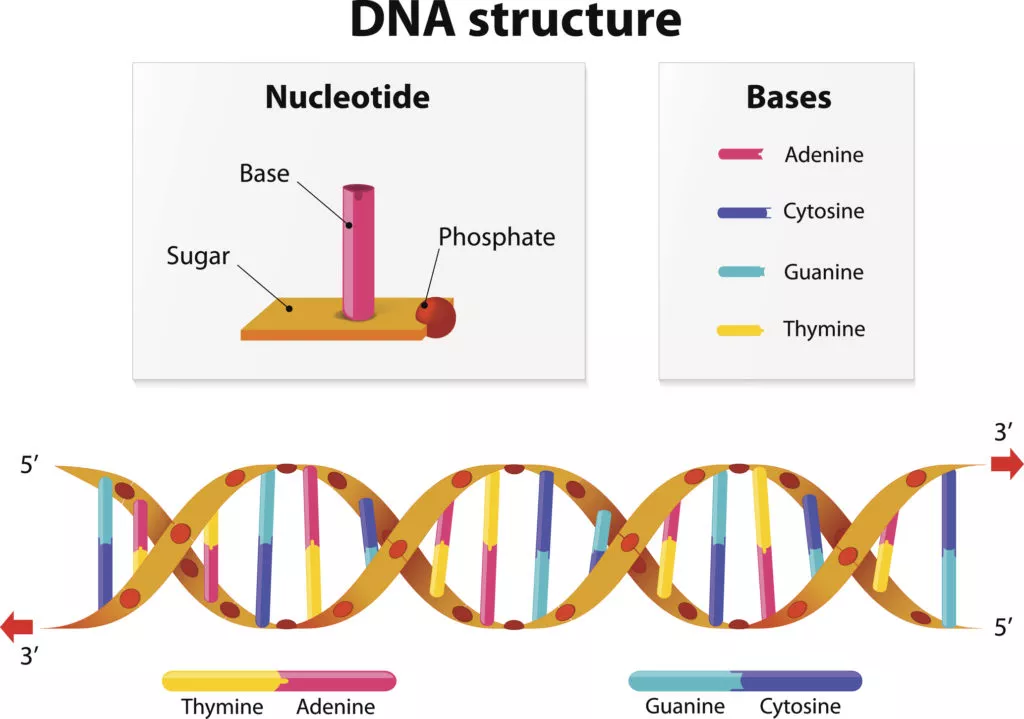
What are chromosomes?
Most human cells contain 6 billion nucleotide pairs — 12 billion nucleotides altogether. That’s a very long string of DNA! To keep all of it orderly and ensure that the cell division process occurs with minimal error, the DNA is organized into a number of thread-like “packages.” These packages are called chromosomes.

The human genome contains 23 pairs of chromosomes (46 chromosomes altogether). There are two types of chromosomes in humans: allosomes, also known as sex chromosomes or X and Y chromosomes, which are connected to the individual’s biological sex, and autosomes (body chromosomes), which are not.
What are DNA segments?
When discussing DNA testing and matching, the term “DNA segment” usually refers to a matching or triangulated DNA segment: a specific sequence of nucleotides that are identical in two different individuals. With the exception of identical twins, all human beings have a unique DNA sequence. However, because their DNA is inherited, they share a certain amount of DNA with their family members. Every person inherits half of their DNA from each of their parents, but exactly which segments are inherited from which parent are random, so they could be long or short. That said, a longer matching DNA segment indicates a higher chance of a recent common ancestor. See What’s Considered a Strong DNA Match? or Working with DNA Segments on MyHeritage for more information about what segment length says about your relationships with your DNA matches.
DNA tests
What is autosomal DNA?
Autosomal DNA is the DNA found in the autosomes mentioned above. An autosomal DNA test, such as the MyHeritage DNA test, examines only the information on those 22 chromosomes.
What is Y-DNA?
Y-DNA is the DNA found only on the Y chromosome, which only appears in biological males. Women’s allosomes consist of two X chromosomes, while men’s consist of one X and one Y chromosome. Examining the Y-DNA can give us unique information about a biological male’s paternal line.
What is mtDNA?
mtDNA stands for mitochondrial DNA: DNA located in a part of the cell called the mitochondrion. Most of our DNA is located in the nucleus, or center, of a cell, but there is a certain amount that can be found in the mitochondrion. Mitochondria are almost exclusively passed from mother to child, so examining your mitochondrial DNA by taking a mitochondrial DNA test can give you unique information about your maternal line.
Read more about the different types of DNA tests and how they can help you research your family history in this article: How Do I Trace My Maternal and Paternal Heritage with MyHeritage DNA?
Concepts related to DNA testing
What is genetic mutation?
A genetic mutation is an alteration in the DNA sequence that occurs during the process of DNA replication: when the DNA copies itself to turn a single cell into two. Mutations can be a “fluke” that occurs in a specified group of cells within a single individual, or a permanent change that is passed down to the next generation through that individual’s reproductive cells (sperm or eggs).
Sometimes these hereditary variations result in changes to observable traits, such as eye or hair color, but most of the time they don’t. However, it is through analyzing these variations, even the ones that don’t cause observable changes, that scientists can determine things like your ethnic background and your susceptibility to various health conditions.
What’s the difference between genes and alleles?
A gene, as defined above, is a unit of inheritance in our DNA, while an allele is a variant of a given gene. Variations in our DNA occur through a natural process of mutation, as described above.
What are SNPs?
SNPs (single nucleotide polymorphisms) are variations in DNA that allow researchers to distinguish between the DNA codes of different people. For example, if 90% of people have a C base in a certain position, while you have a T there instead, that means you have a SNP at that position. When you have a sequence of SNPs that’s identical to that of another person, that means you’re likely related.
What are haplogroups?
In plain English, a haplogroup is a genetic sequence found in multiple individuals who have a single common ancestor. More specifically, it’s a group of haplotypes, which are groups of alleles inherited from a single parent. Haplogroups are most relevant when discussing Y-DNA and mtDNA, since these sections of DNA are inherited only from the father or the mother and never mix, so variations inherited within these sections generally remain intact.
What are genetic markers?
A genetic marker is a gene or sequence of DNA that has a known location on a chromosome, and can be used to identify individuals or species.
What are centimorgans?
A centimorgan is a unit of distance between chromosome positions, used to measure sections of DNA that are identical in two individuals. As mentioned above, the longer a section or segment of identical DNA — the more centimorgans of DNA they share — the more closely related those individuals are likely to be.
What are DNA Match clusters?
“Clusters,” in the context of DNA Matching, are groups of a given individual’s DNA Matches who also match one another. Looking at your DNA Match clusters can help give you clues as to how you are related to unidentified DNA Matches. For example, if you don’t know how you’re related to a certain match, but you locate him or her in a cluster together with your mother’s first cousin, you know you are probably related to that mystery match through your mother’s side. MyHeritage’s AutoClusters makes it very easy to view and analyze your DNA Match clusters.
To learn more about DNA basics, see the following webinars:
- MyHeritage DNA 101 with Ran Snir
- MyHeritage DNA 101 — Extended Version with Ran Snir
- Science for the Non-Scientist: How Does MyHeritage Produce their DNA Results? by Diahan Southard
